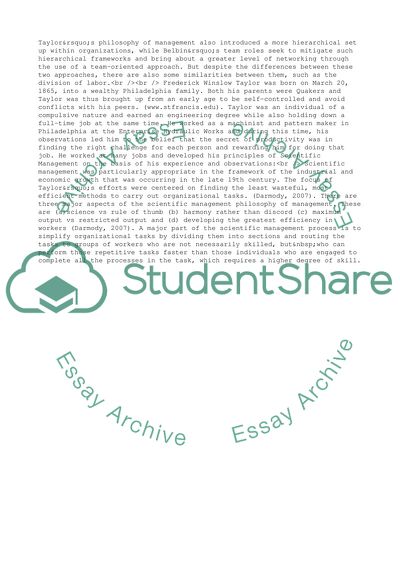Cite this document
(Philosophies of Management: Taylors and Belbins Approaches Assignment, n.d.)
Philosophies of Management: Taylors and Belbins Approaches Assignment. Retrieved from https://studentshare.org/management/1713722-philosophies-of-management
Philosophies of Management: Taylors and Belbins Approaches Assignment. Retrieved from https://studentshare.org/management/1713722-philosophies-of-management
(Philosophies of Management: Taylors and Belbins Approaches Assignment)
Philosophies of Management: Taylors and Belbins Approaches Assignment. https://studentshare.org/management/1713722-philosophies-of-management.
Philosophies of Management: Taylors and Belbins Approaches Assignment. https://studentshare.org/management/1713722-philosophies-of-management.
“Philosophies of Management: Taylors and Belbins Approaches Assignment”. https://studentshare.org/management/1713722-philosophies-of-management.


